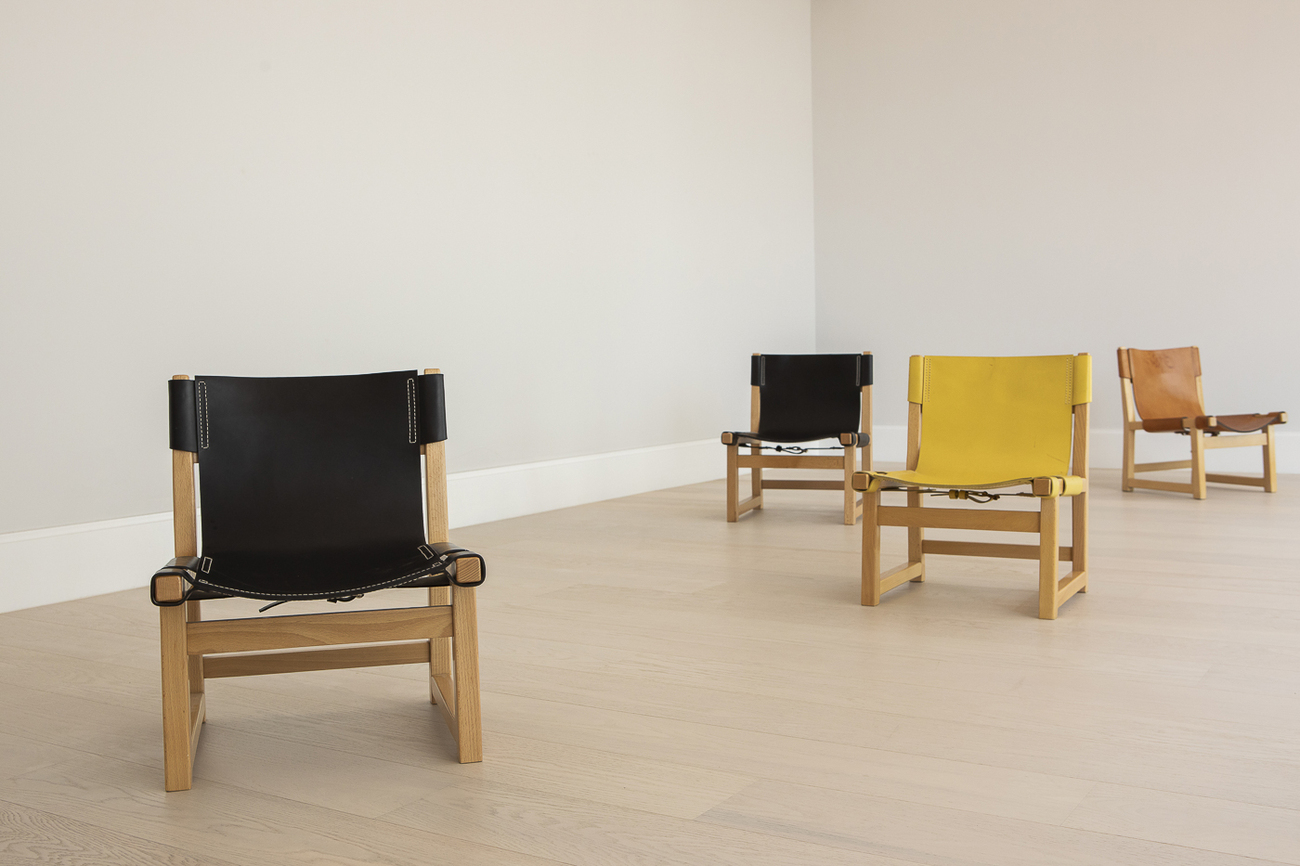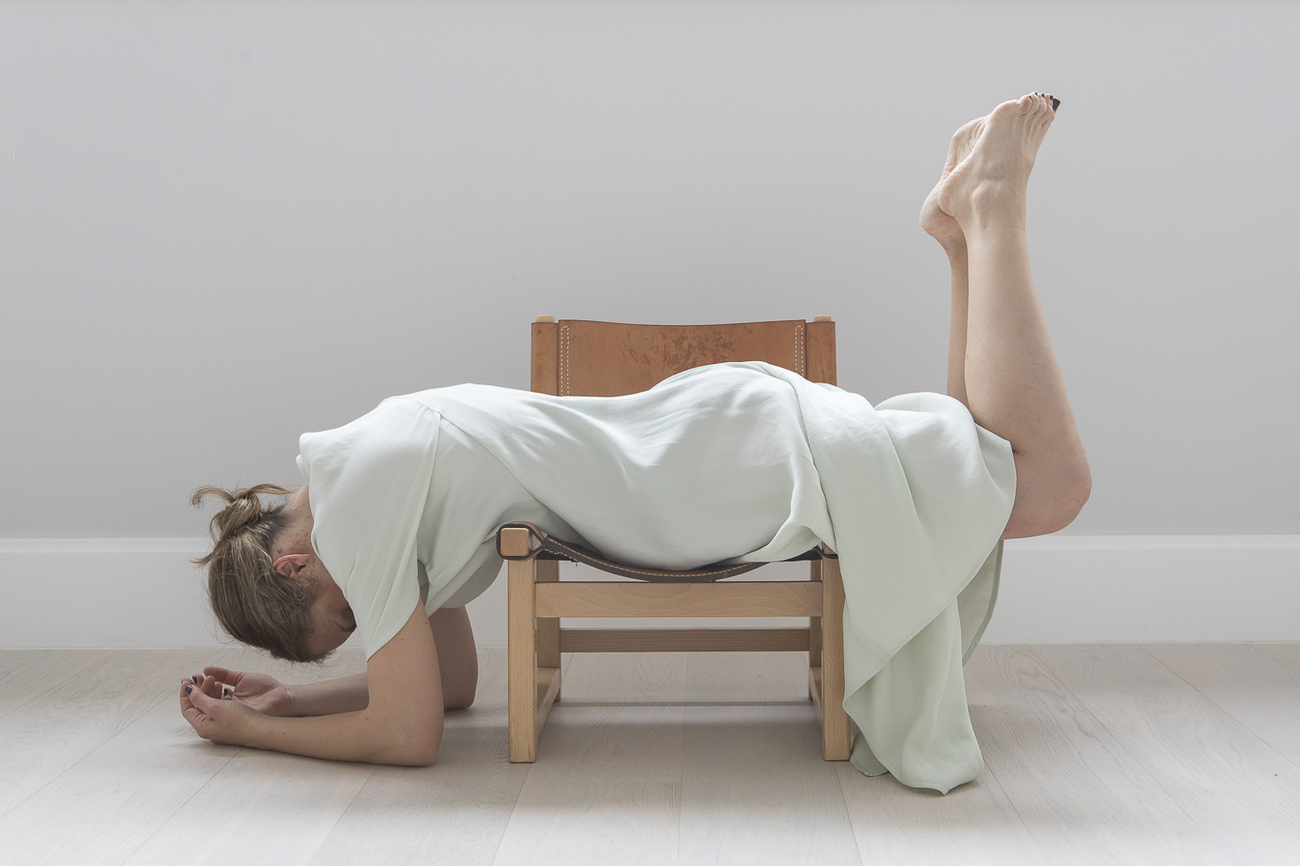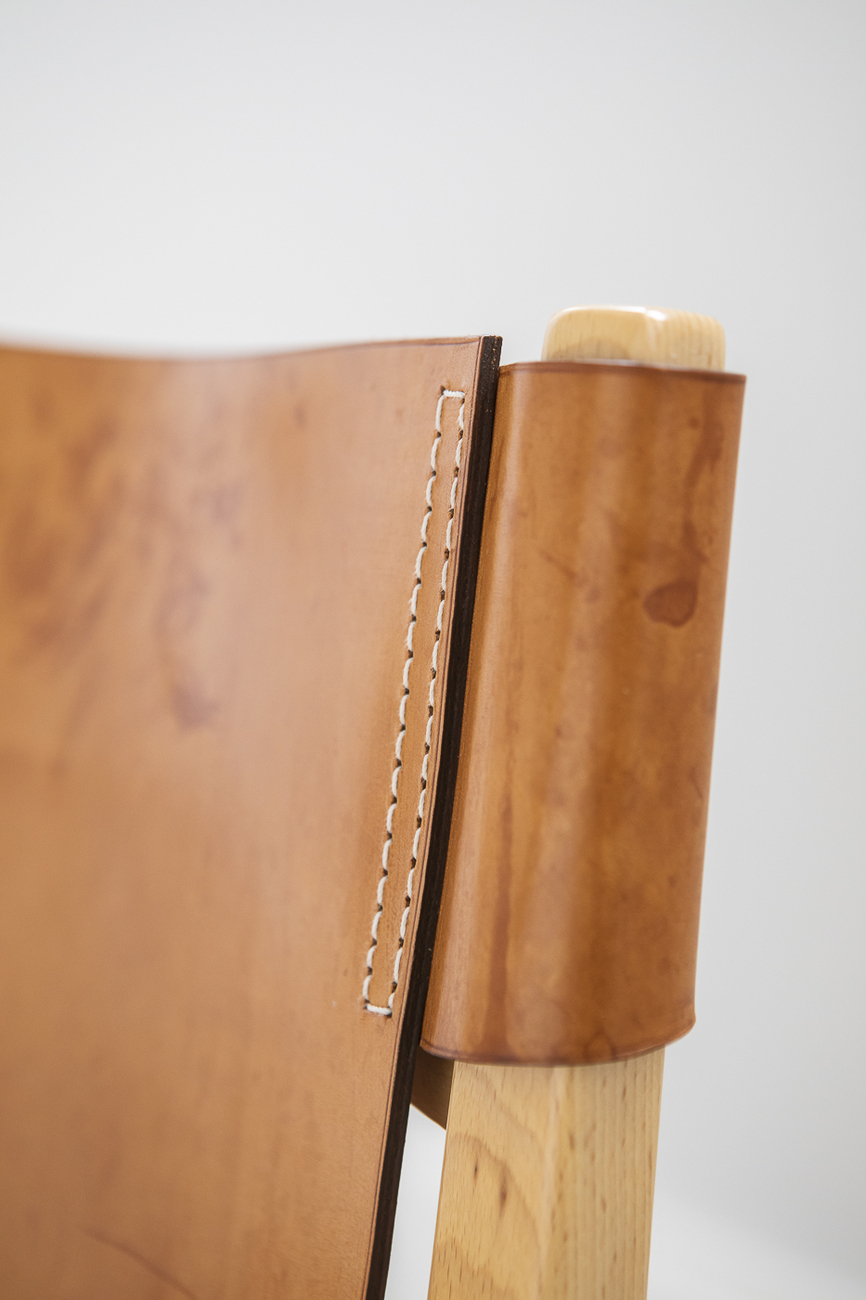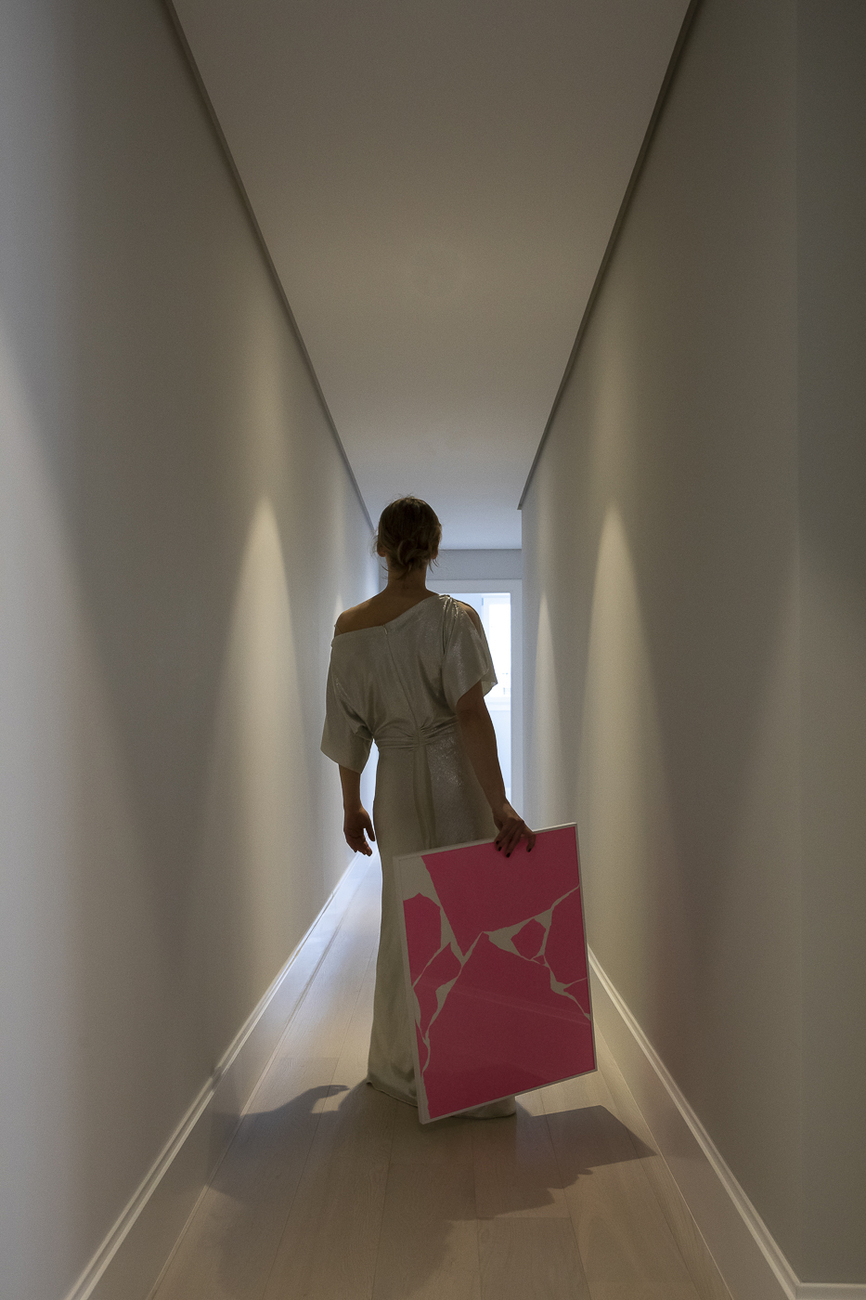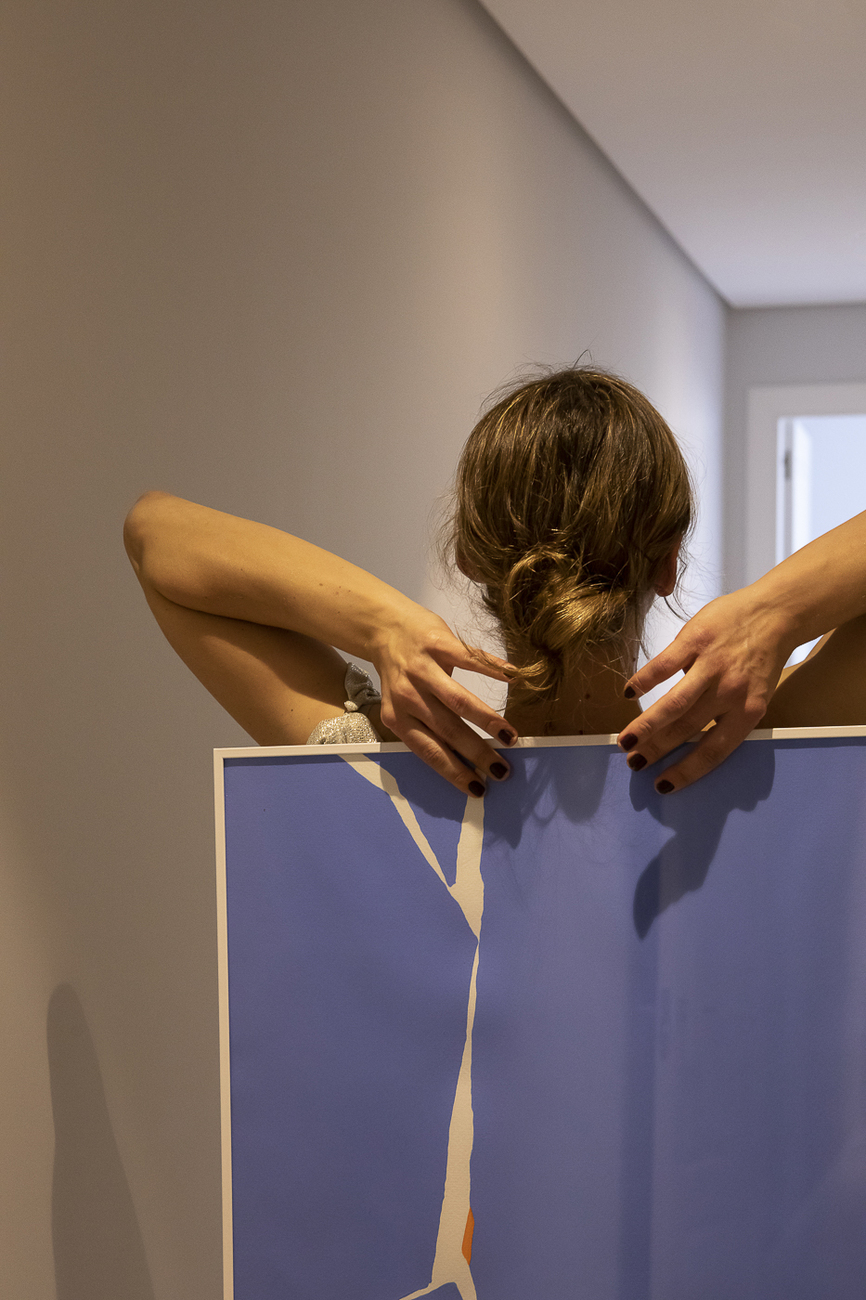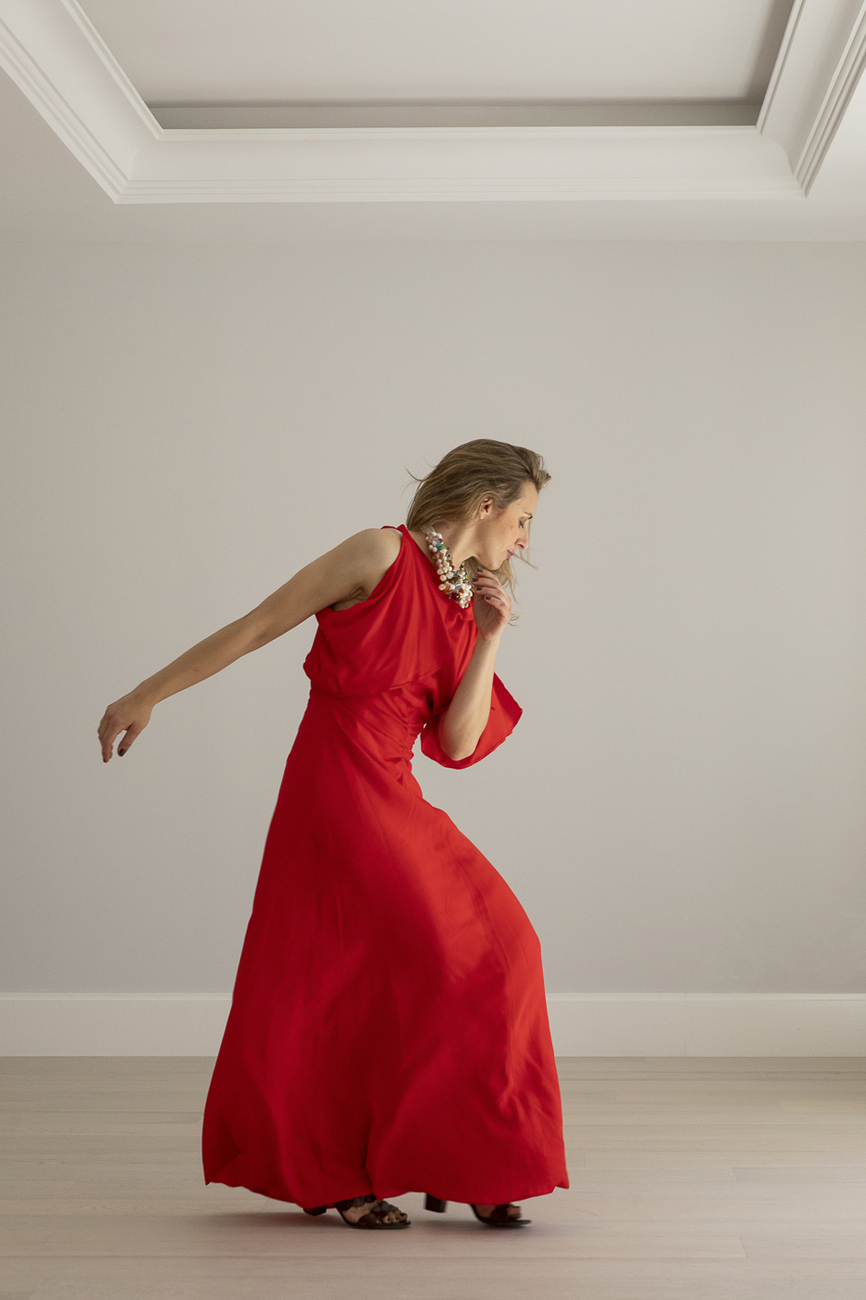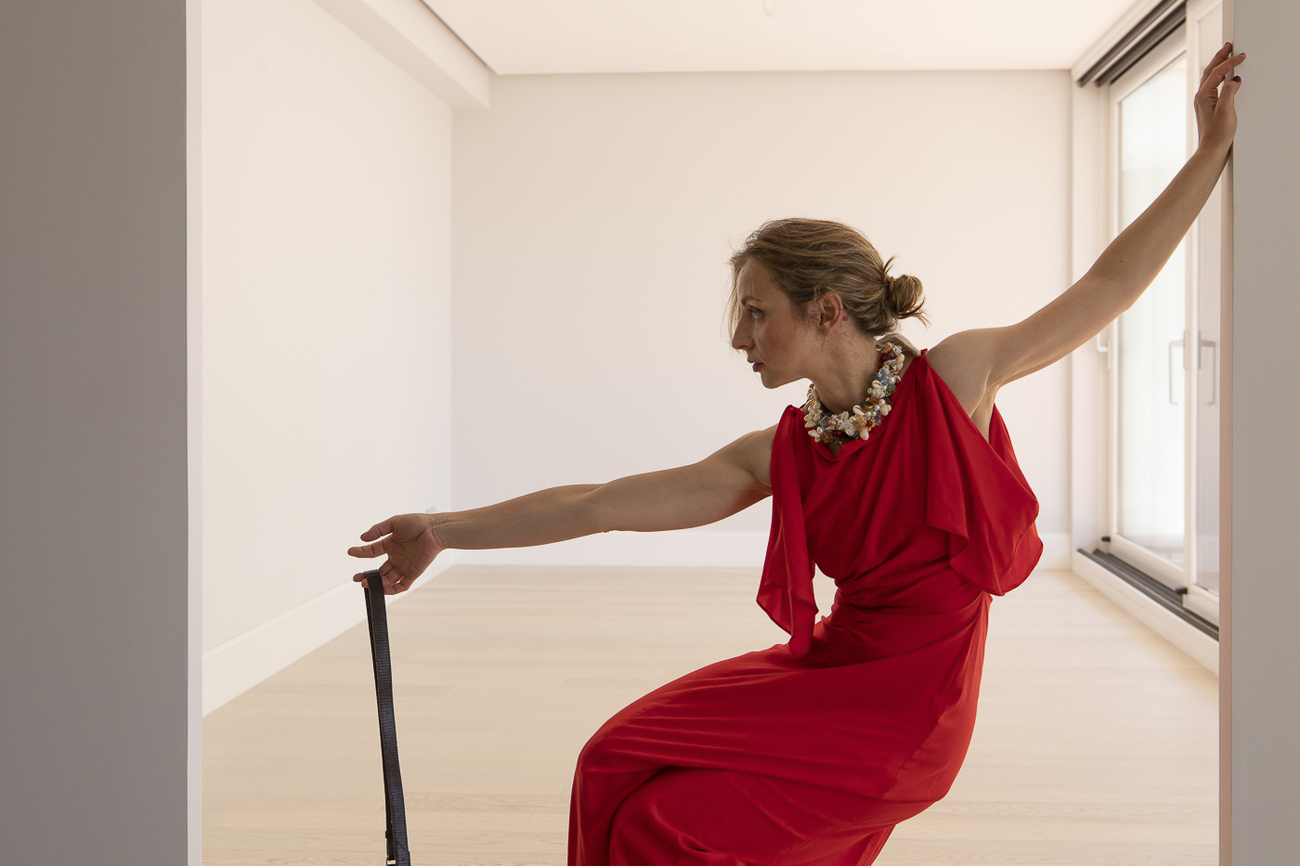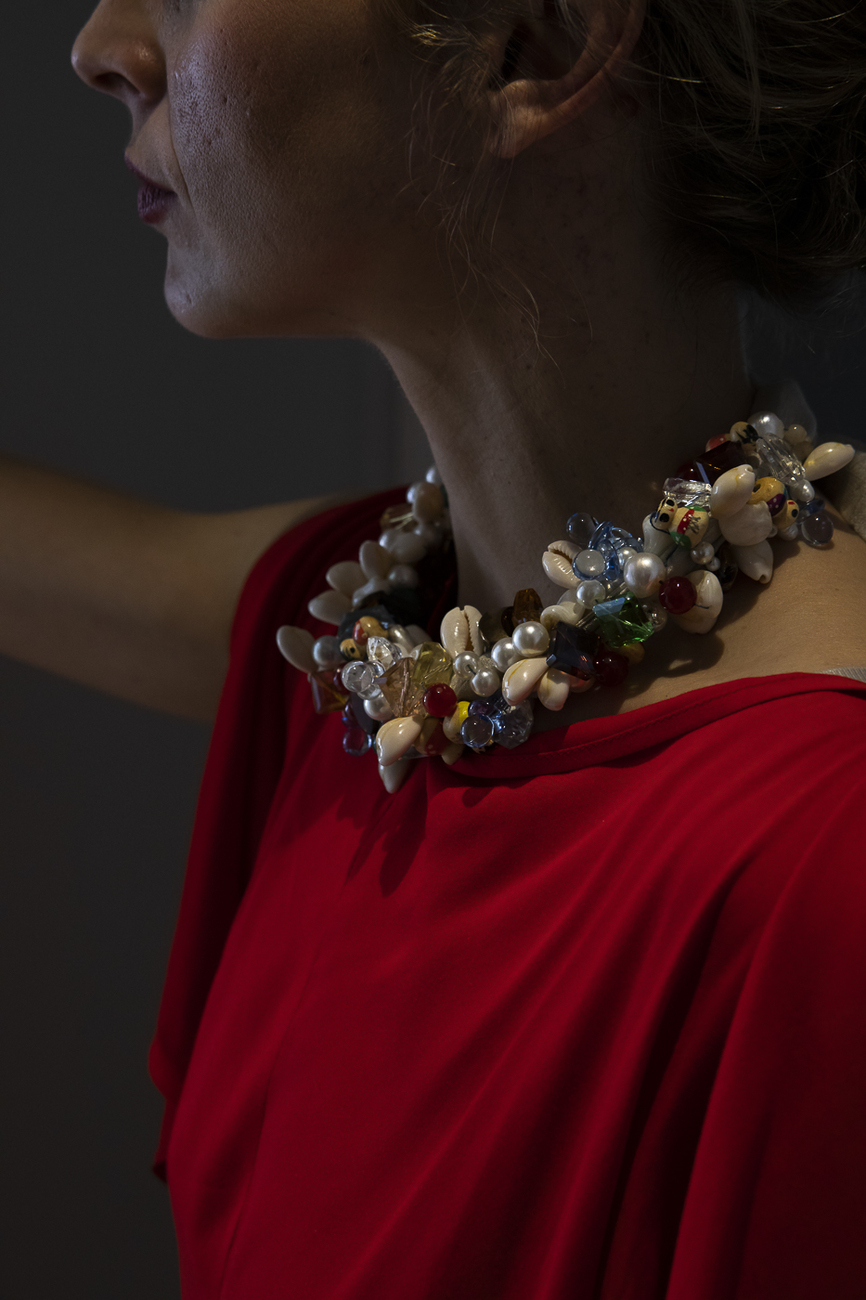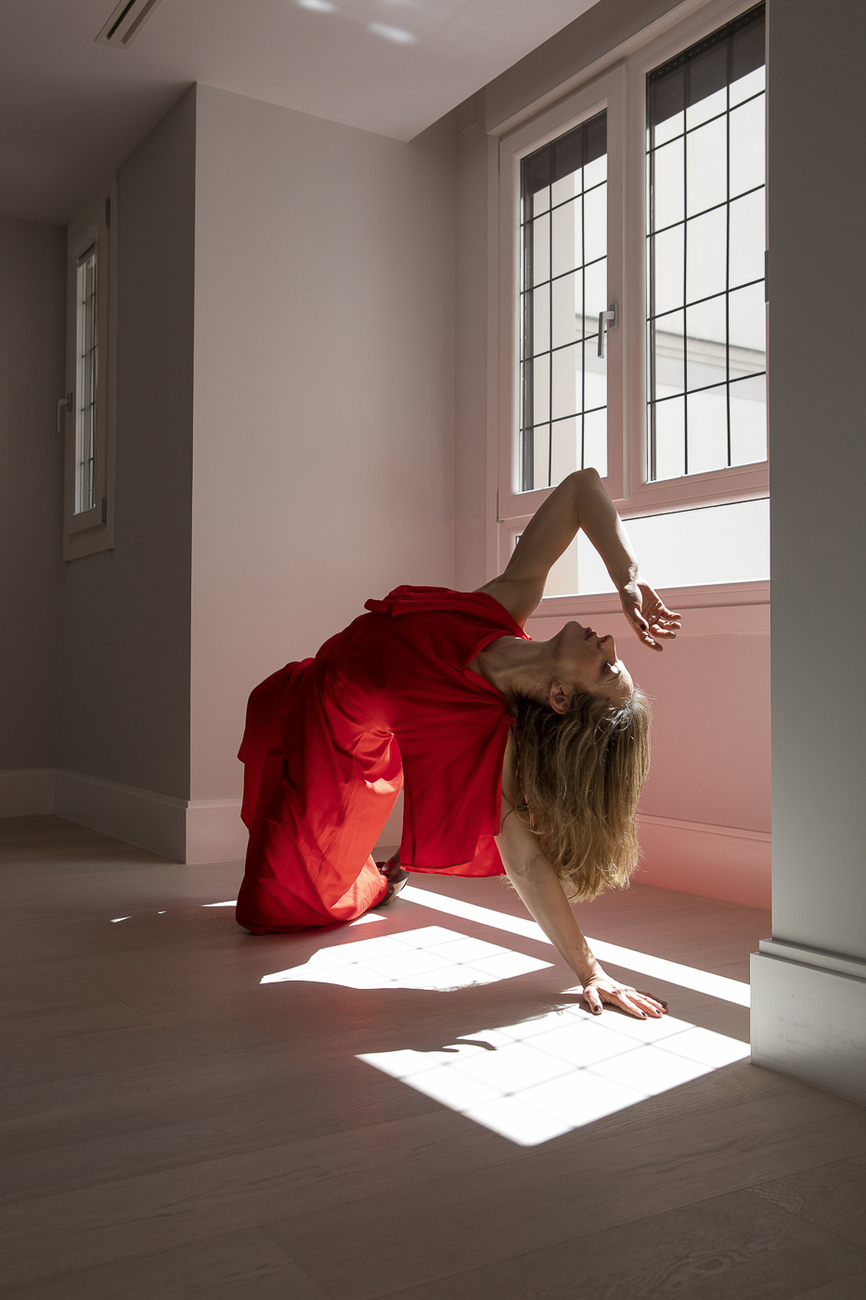The art of inhabiting. A way of being in the world
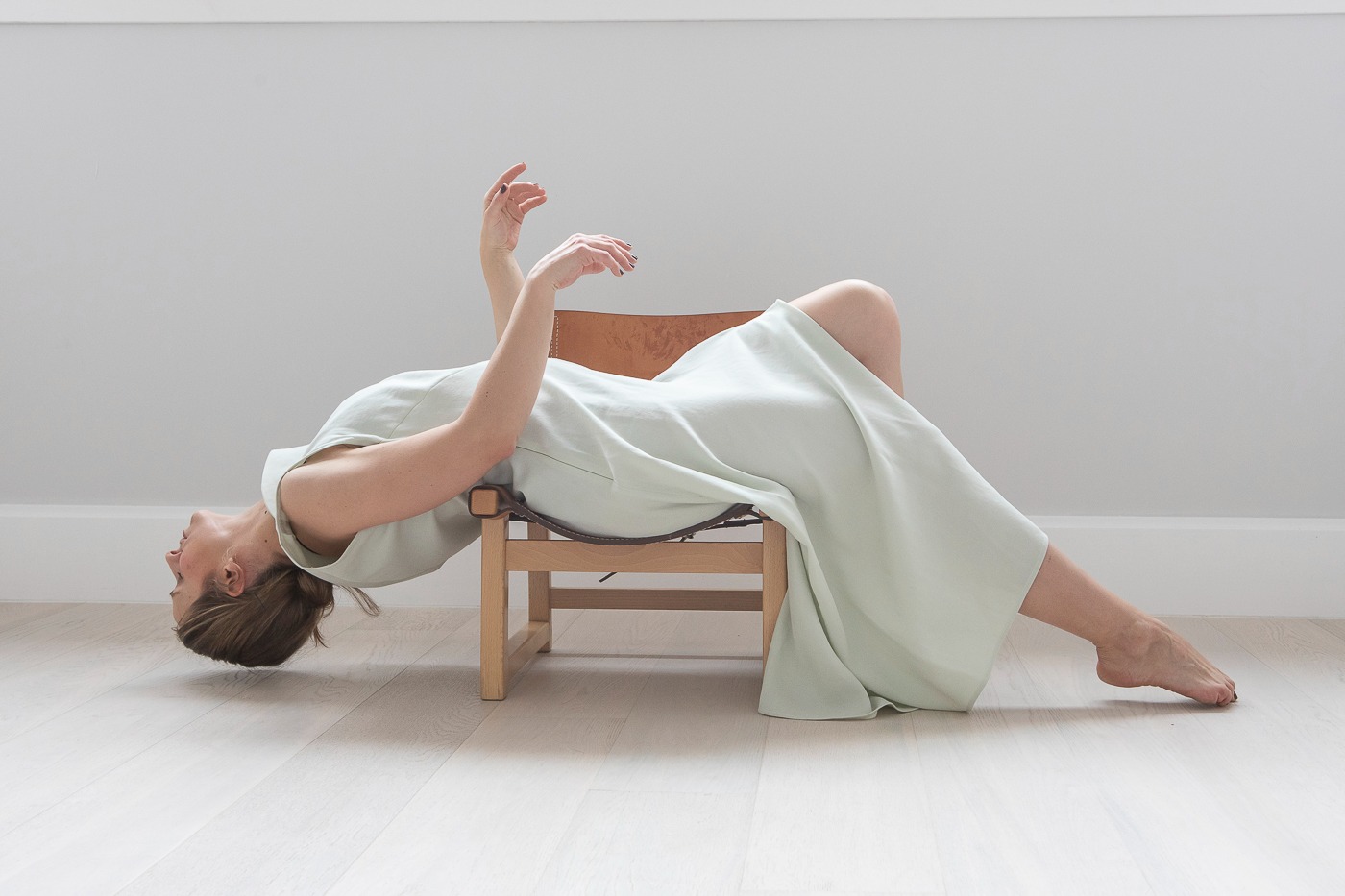
Act I: The Habitat
A poetics that explores the interrelationship between human beings and architecture through space and matter in movement. Architecture, dance, art, design and fashion are aligned in the art of inhabiting. The balance and coherence between our being, the habitat and the environment… All this shapes our way of being in the world.
An architecture capable of responding to a dialogue between human nature itself and its emotions… a search for refuge and well-being.
The space must allow to be interpreted, capable of being read in different ways by the occupants so that it becomes part of their own. It is not conceived as a whole at first glance, it is not shown as a “whole” from the outset, but is put together little by little as you walk through it.
In this way they endure over time, retaining their ability to move us as they did on the first day and awaken our senses. Places that become eternal and grow old with the traces of the emotions experienced. And the purpose always intact… the happiness of its occupants.
Act II: The object you saw
The interrelation of the human being with the object is a fundamental part of our life. Objects help us to express ourselves and to develop as human beings.
Choosing an object that we like and making it our own. Connecting with the object and perceiving it as something valuable and meaningful to us, giving it the care and attention necessary for it to last over time.
We establish an emotional connection with the object, linking it to experiences, memories and emotions that are important to us and that have some kind of connection to our life or personality. Once we have taken possession of the space we move on to “dressing” it with objects. Objects, like an outfit, reflect our essence, personality and the way we present ourselves to the world.
The Riaza chair is a barefoot chair with straight lines and pure forms, made entirely of solid beech wood with a seat and backrest made of a single piece of natural leather, removable and hand-stitched and tightened by means of a strap fastened underneath with buckles.
Designed in 1959 by Paco Muñoz for Darro, in Madrid, as an interpretation of the traditional frailero armchair. Reissued by Casa&Jardín in the late 1980s for the Club de Campo Villa de Madrid project. Its design is an example of the influence of Nordic furniture on 20th century Spanish furniture and is an icon of modern Spanish design, at a time when houses were not decorated but furnished.
He designed new spaces where beauty was focused on the intimacy of the home, authentic settings with designer furniture and decorative objects made in series, innovative and sophisticated, with the sole intention of generating unique objects. And so it did.
Act III: The art that inhabits
We can turn an object into something that truly belongs to us and represents us. In doing so, we not only give the object a deeper meaning, but also contribute to building our own identity and sense of belonging.
Art as an object can carry meanings and symbolisms that help us build our identity. Art and architecture are an integral part of our culture and help us to transmit and perpetuate our values and traditions.
We make works of art our own, which can give importance and meaning to a space, just as space can feed back into the artistic piece, increasing its narrative power. A form of expression that accompanies us and nourishes us sensorially, which achieves greater strength when it is introduced into our habitat.
We go through the whole house looking for the perfect space, an aesthetic and intuitive process.
Nuria Mora’s art is unmistakable for its pop aesthetics of lively geometries and colours, endowing the space with dynamism and poetry. She began painting in the street at the end of the 90s, but she did so with a language of her own. Without any previous relationship with street art, Nuria left aside the tradition of graffiti until then, working with geometry and organic forms and elements in space.
This artistic proposal has been made in a house for sale in our real estate portfolio. Reference: THSSESMAD0400 . 382 m2 . 4 bedrooms . 4 bathrooms . Parking space . Terrace .
Macarena is the dancer and choreographer of this performance. Her passion for movement began more than two decades ago; moving, dancing, creating artistic projects and training. She trained in classical Spanish dance, modern and contemporary dance and acrobatic gymnastics.
She has worked as artistic director at Complutum Arte en Movimiento Company bringing dance to unconventional spaces and as choreographer and performer in several national contemporary dance companies.
In addition, she has an online movement studio with courses, regular activities and proposals for conscious training, dedicated to wellbeing from physical exercise to mind care. These are courses and intensives to understand the body.
Silvia Hengstenberg, founder partner of The Sibarist, is responsible for curating this audiovisual work.
Thanks to all the team at The Sibarist.
In order to tell this story, the support and collaboration of these exceptional partners has been essential. THANK YOU.
Moisés Nieto signs the looks. He defines his fashion as a mix of craftsmanship and taste for detail, aimed at a sexy and feminine woman, with her feet on the ground.
Galería La Caja, continuers of the legacy of the famous Paco Muñoz chair.
Nuria Mora, author of the works of art created for the ArtUReady exhibition.
Aimee Shoes, boutique of unique limited edition pieces created by artisans, such as the brown leather sandals that accompany the red suit.

